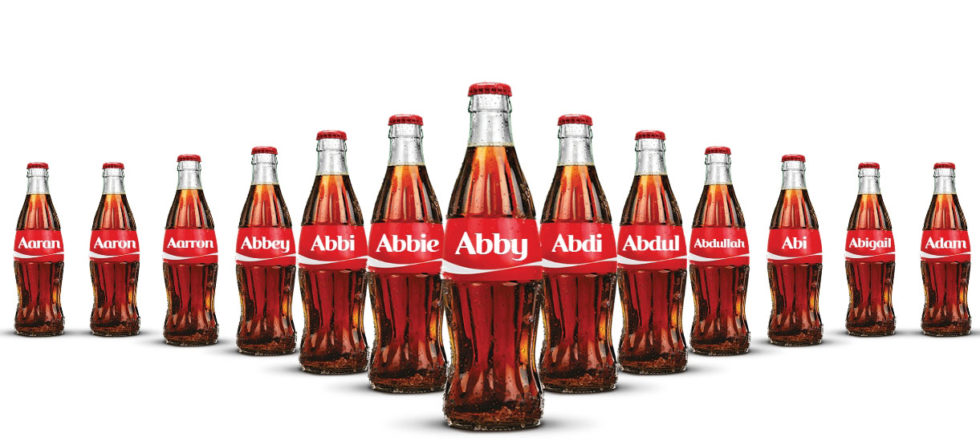/ ABM Insights
3 Easy Steps to Scale Cold Email Personalization for Outbound Sales
By: Christian Banach



Are your business development reps spending the right amount of time on the right targets for agency new business? At many agencies, those tasked with prospecting struggle with how much time to put into cold email personalization and which prospects are worth the effort. They may also struggle with where to go to get the best information about their prospects.
You need a clear process that focuses your time where it’s most likely to pay off. Sales reps need access to resources and data that will enable their cold email personalization efforts to have the best chance of success.
What can you gain? By personalizing with relevant information and sharing valuable content, your outreach will receive higher open rates, more responses, and position your agency as an expert.
Here’s a closer look at the Three R’s to cold email personalization at scale.
As seen in this recent piece, ranking your prospects is a crucial element to any agency new business strategy. Ranking lets you focus your efforts proportionally.
Ranking puts your prospects into tiers based on their fit and value to your agency. Each tier gets a different level of research and personalization. Here’s a common approach to tiers:
Once your ranking work is completed, you have a much clearer perspective on what work needs to be done for which prospects. Your biz dev team will thrive with the clarity and context.
Knowing what to research can be challenging, but this can be broken into two components: Information and Resources.
The information you’re looking for are the news, characteristics, or connections that allow you to demonstrate your relevance to the prospect. Here are a few examples of insights to consider in your research:
There’s another set of information that’s much more personal for the sales rep and the company:
This information, when used strategically, will help get the cold email read and lead to more responses. The question is where to get that information. Here are the resources to consider:
Now that you have your information secured, it’s time to make the pitch.
Armed with your information, the writing needs to be done for each tier. Here are some suggestions:
Tier 1. You need to approach this writing with the mindset that it’s your right to the prospect’s business and your job to figure out how to get it. The content should be highly personalized and creative so it grabs your prospect’s attention.
Meet with your team and create an account plan that examines their business, identifies ways you can impact their company and what content (case study, white paper, video, work examples) will be most relevant.
It’s interesting to note that Hubspot research confirms that email personalization leads to better response rates … to a point. After more than 50 percent of the template is changed, the impact on response rates is negligible. As such, group prospects around a shared attribute so templates can be created as starting points.
A little can go a long way. A SalesLoft study of 6 million sales emails showed that personalizing just 20 percent of email content increased open rates by more than 40 percent and reply rates by 112 percent compared to those with no email personalization.
Tier 3. You will not provide the same level of personalization but use templated content that’s customized to the prospect’s industry, persona or problem/challenge the industry typically faces. Include basic email personalization such as name and company. This catch-all approach does not require or merit high touch and personalization.
Whatever the level of personalization or customization, every touchpoint should add value back to the prospect. The content you share needs to be so valuable that a dream client should want to pay for it. It needs to play off of the challenges you identify and tie them to your agency’s unique point of view.
The Three R’s (Rank, Research, Write) help to optimize your prospecting by providing the appropriate levels of research, personalization, and scale. Your prospecting volume will be balanced, and your work focused proportionally. What’s more, your sales reps will feel empowered and be more successful.
The Three R’s are powerful for your agency not just in the business they’ll help you win. They also empower your business development reps to create compelling, relevant messages. By scaling your cold email personalization, your agency gets more meetings, more opportunities and more business won from your most sought-after clients.
Sign up now! Every Monday, get breaking news of recent CMO appointments, motivation to start your week positively, and innovative business development insights.